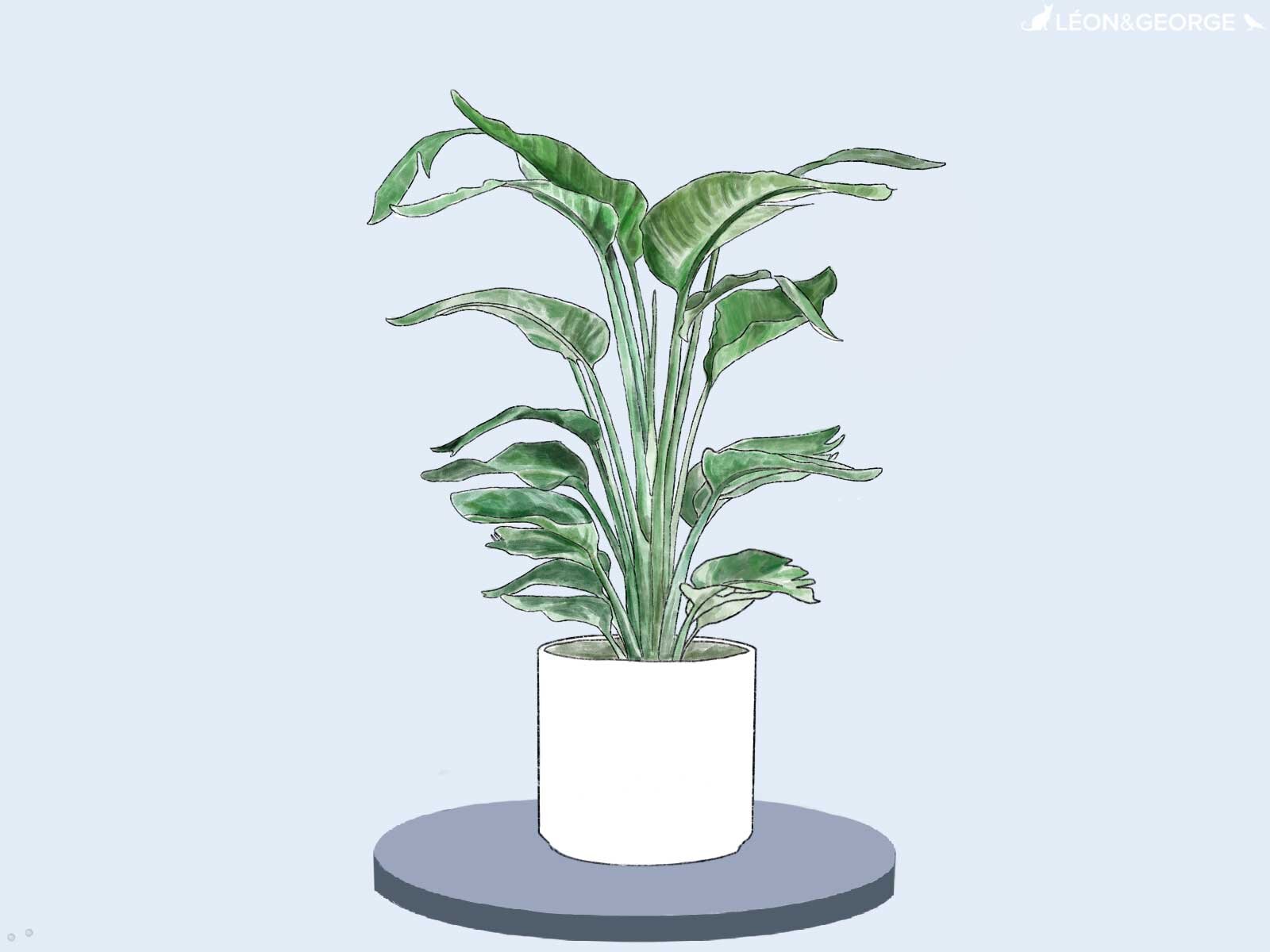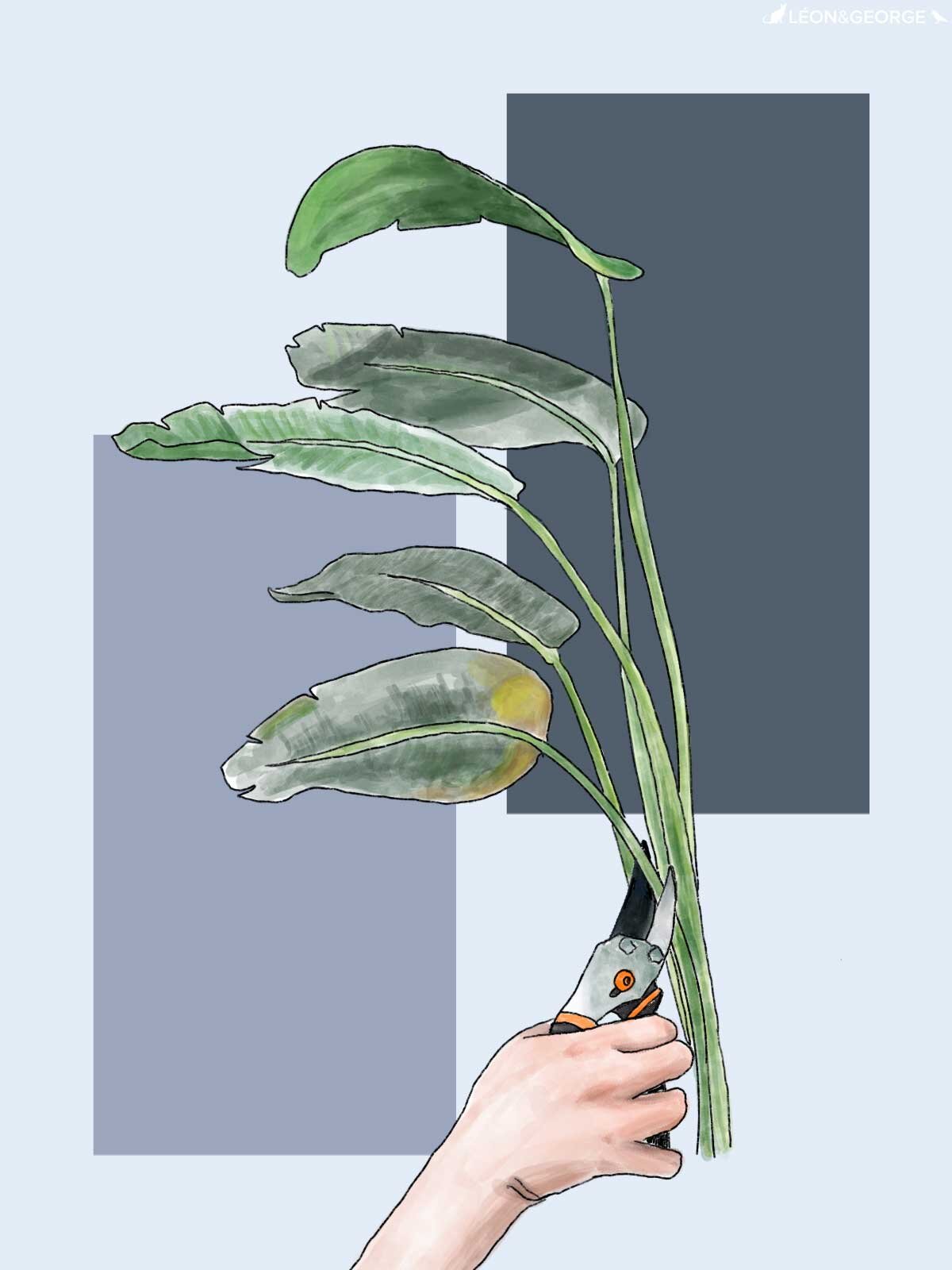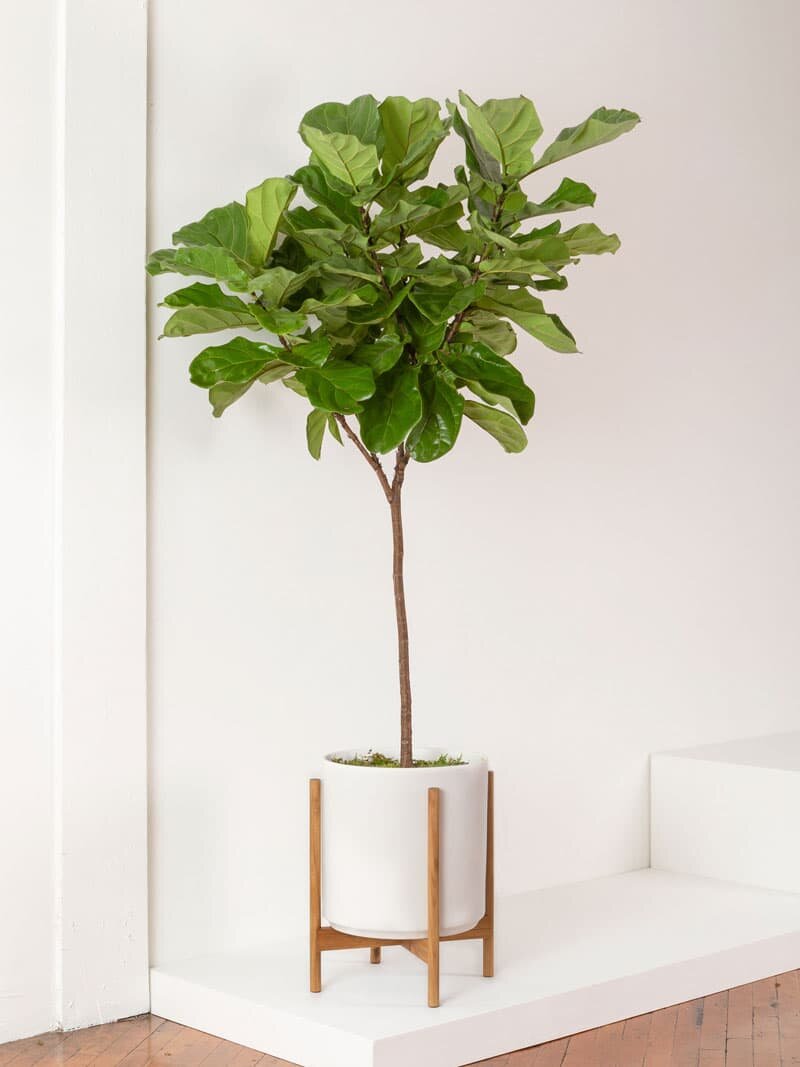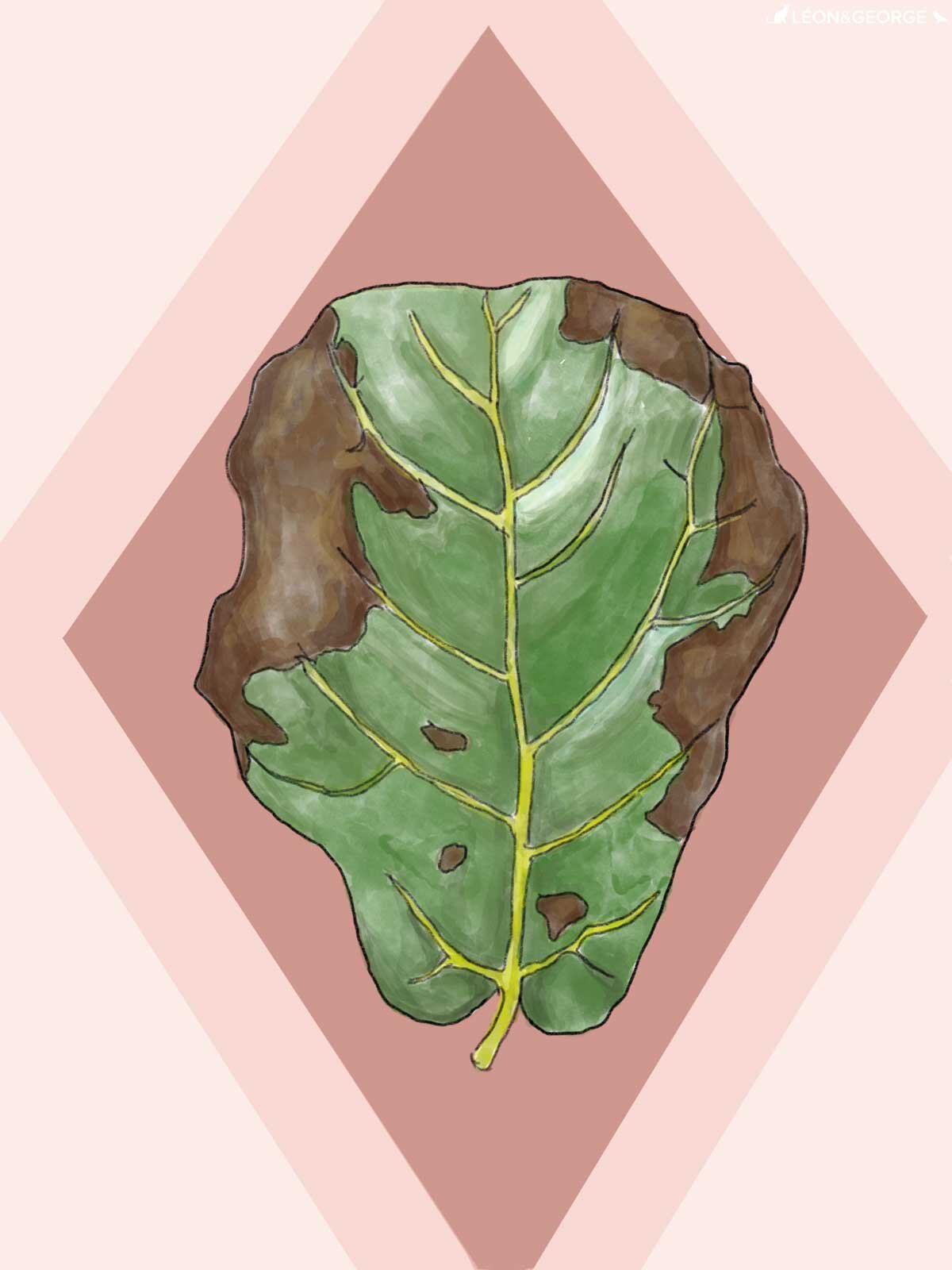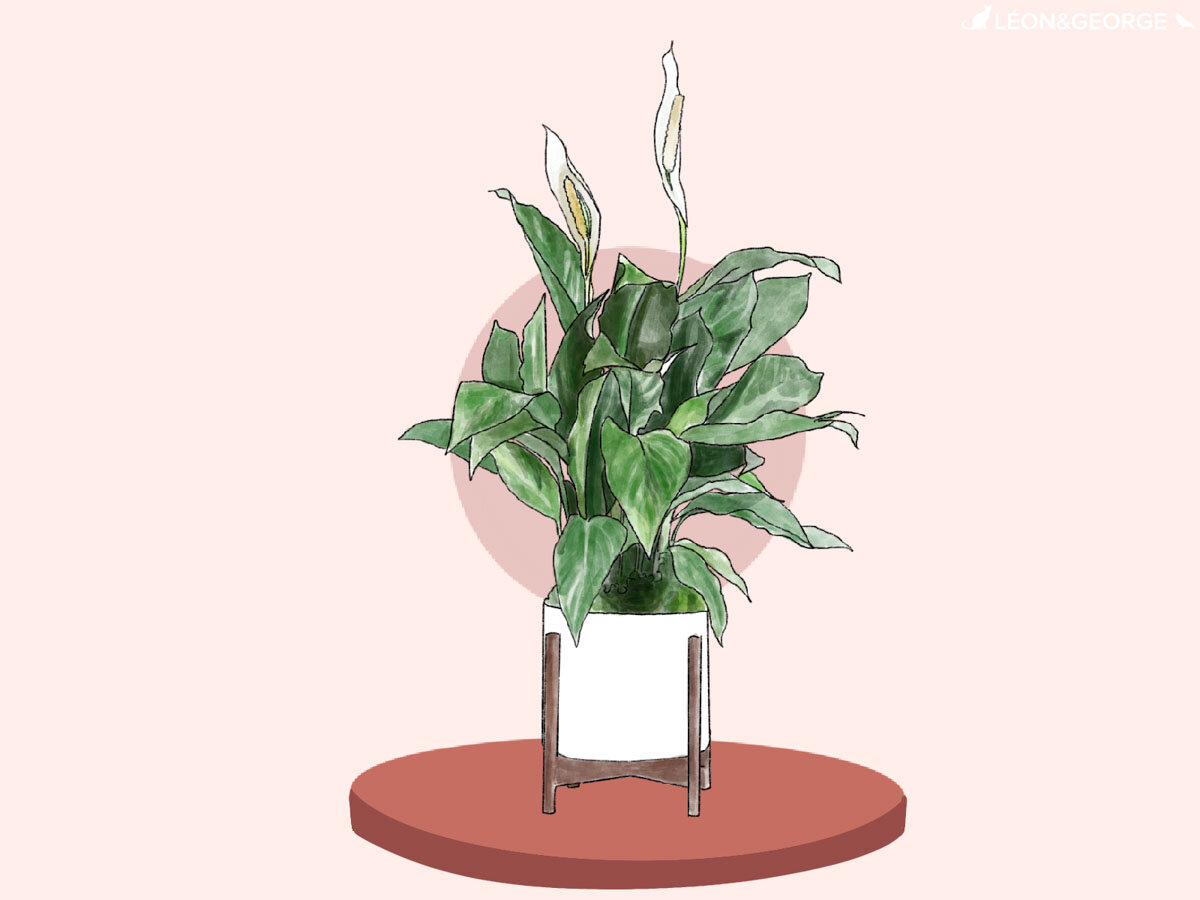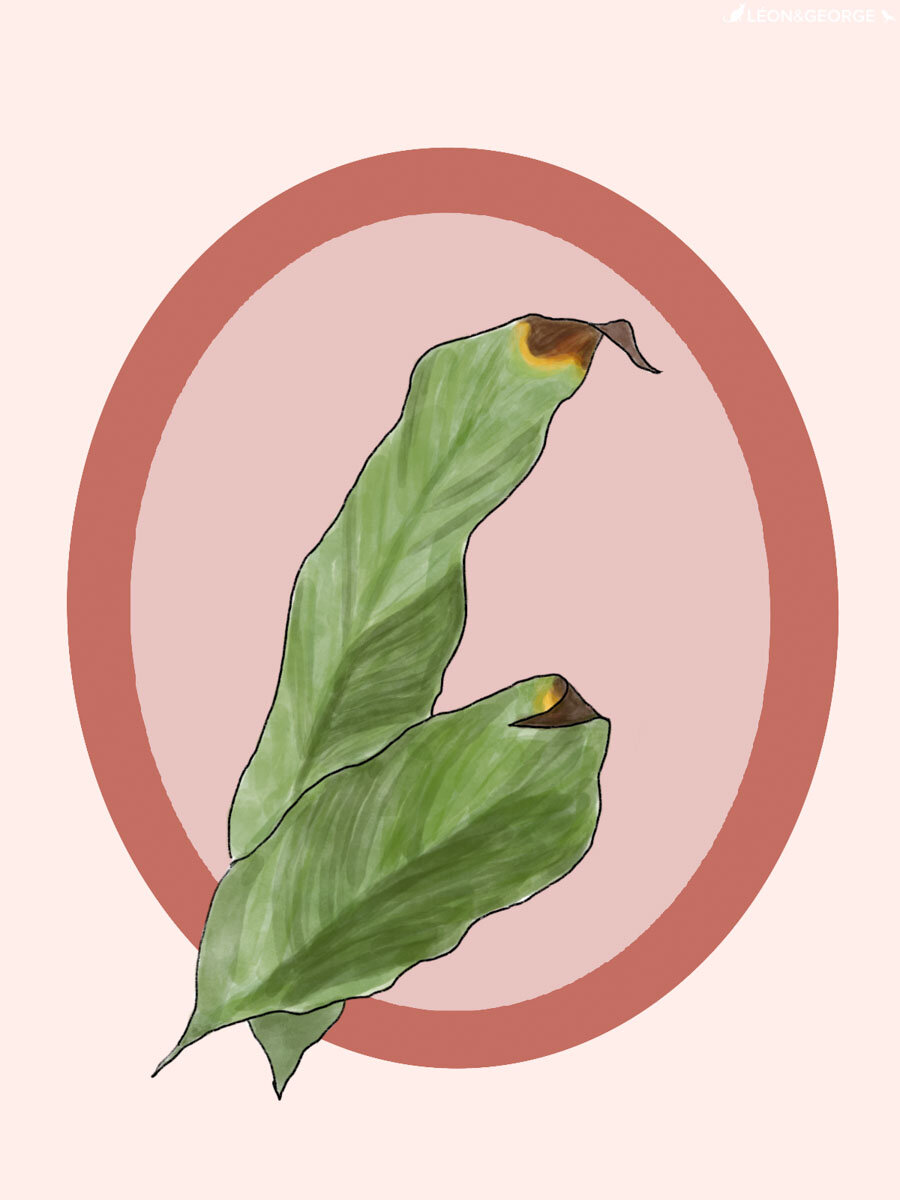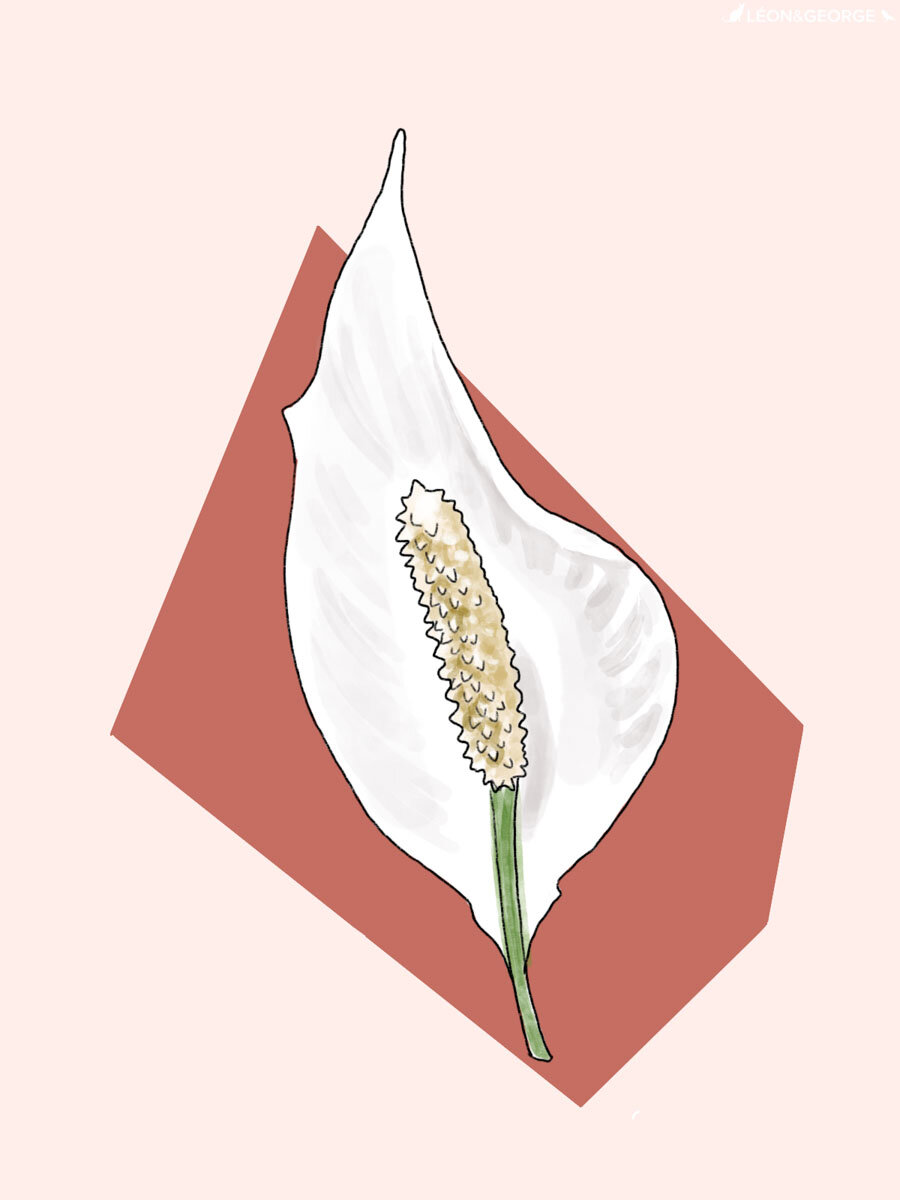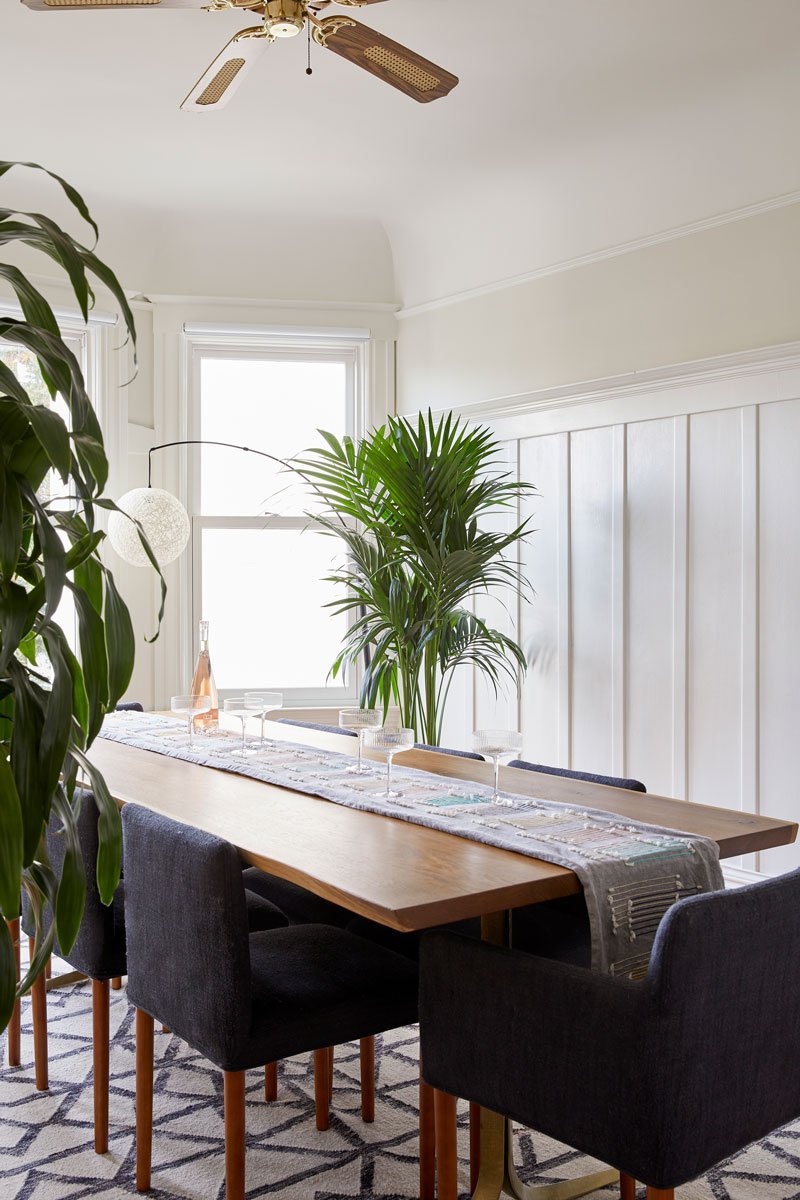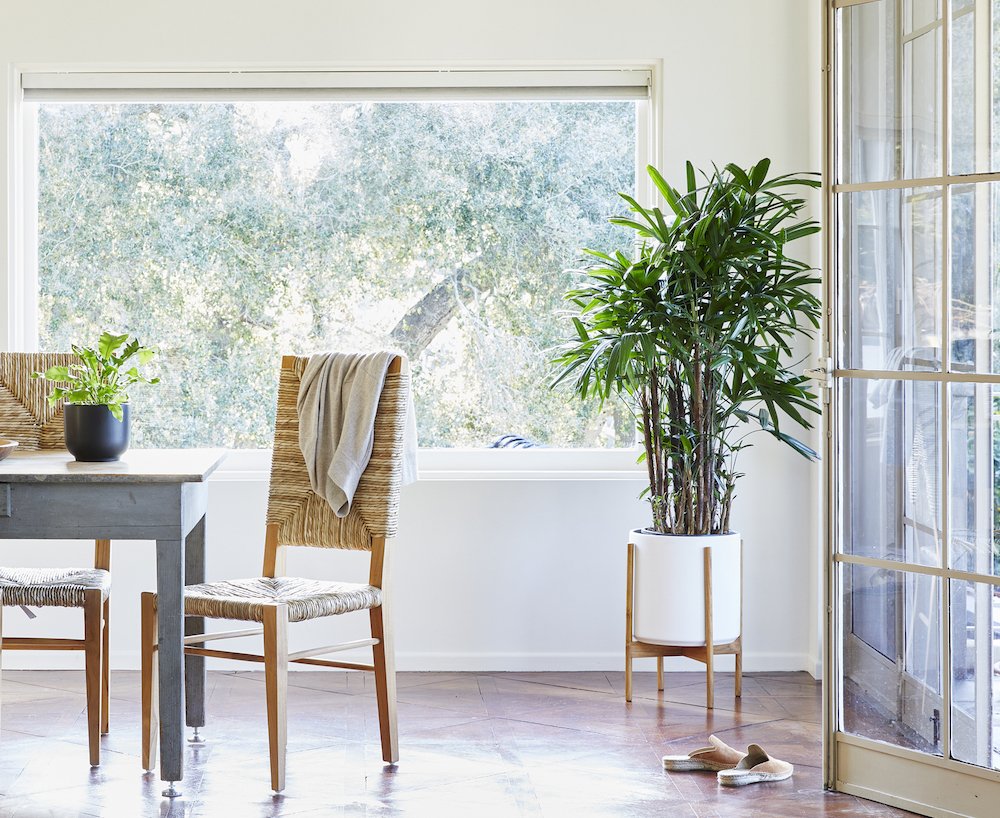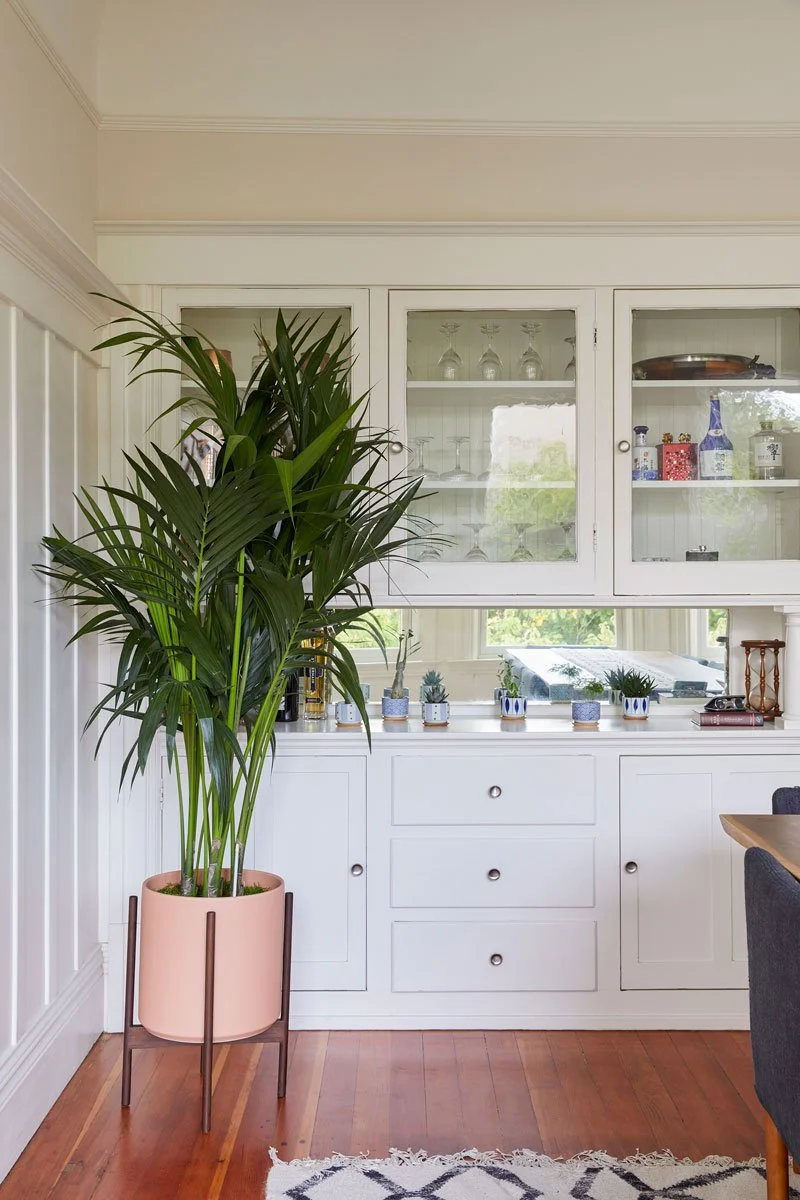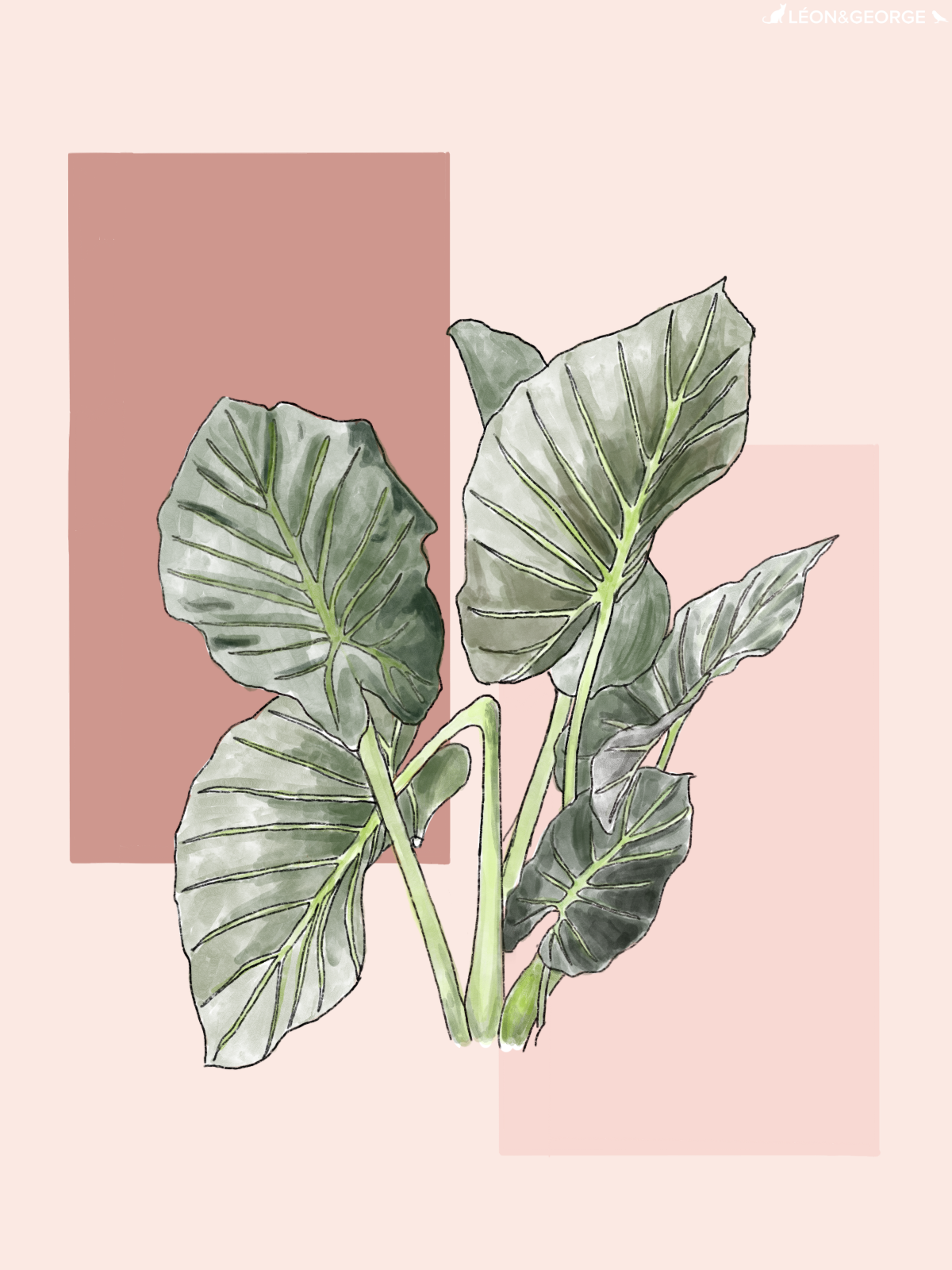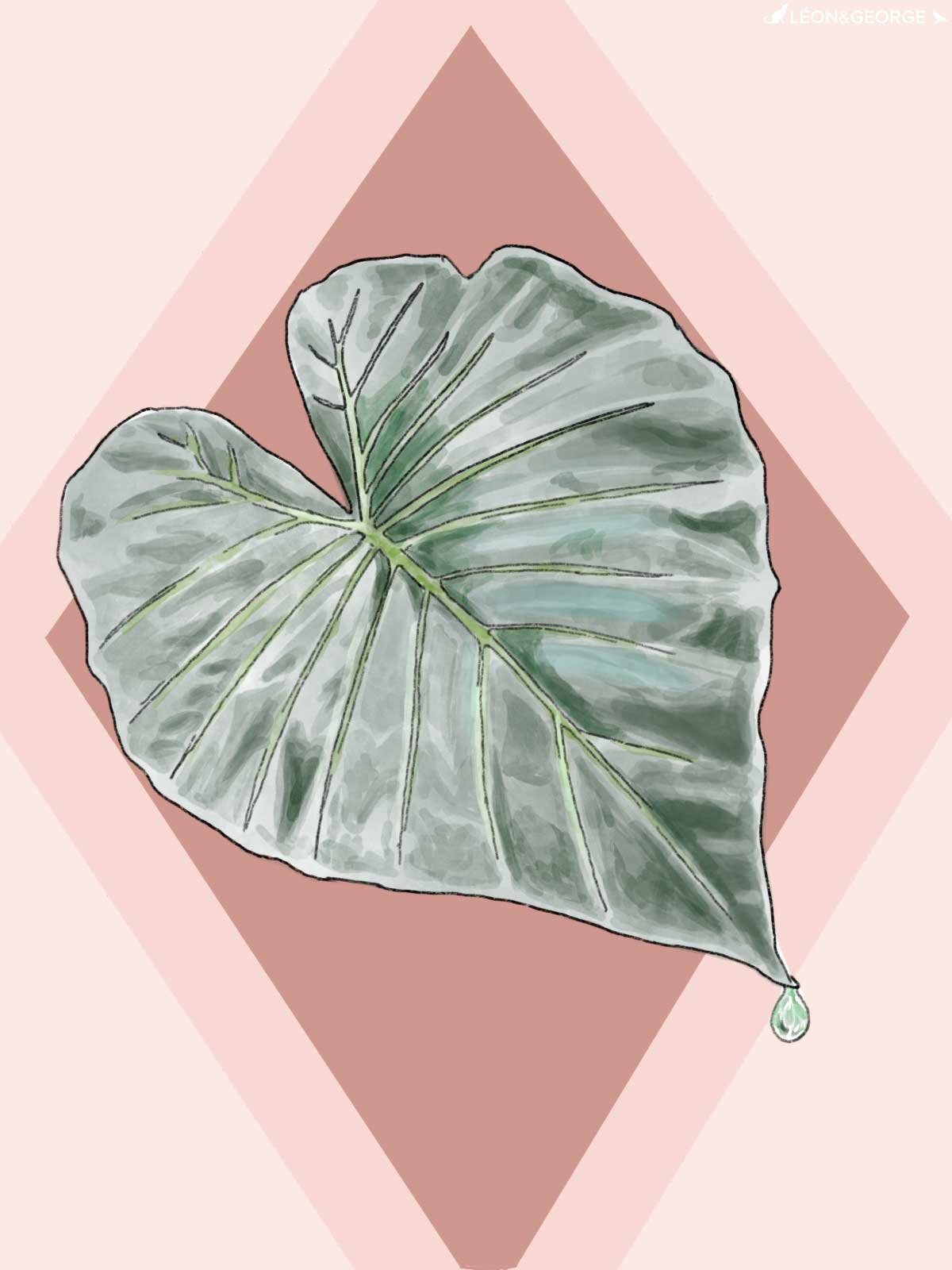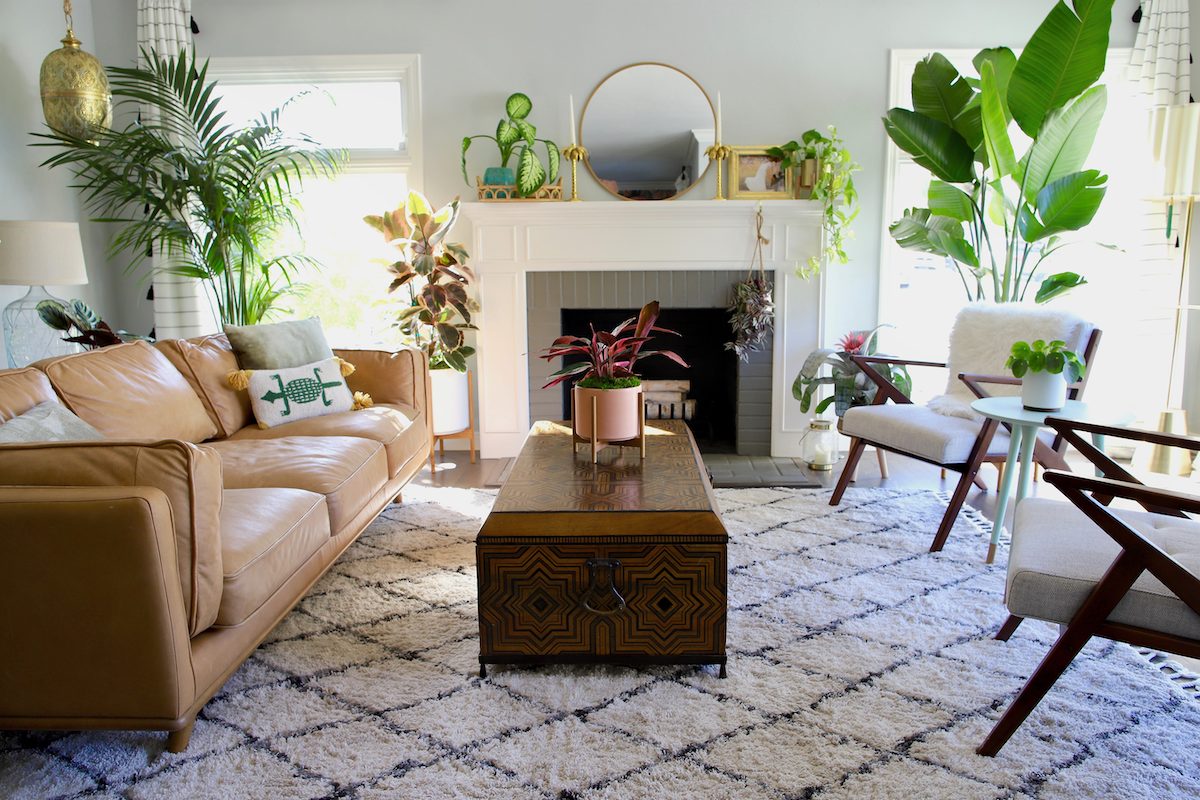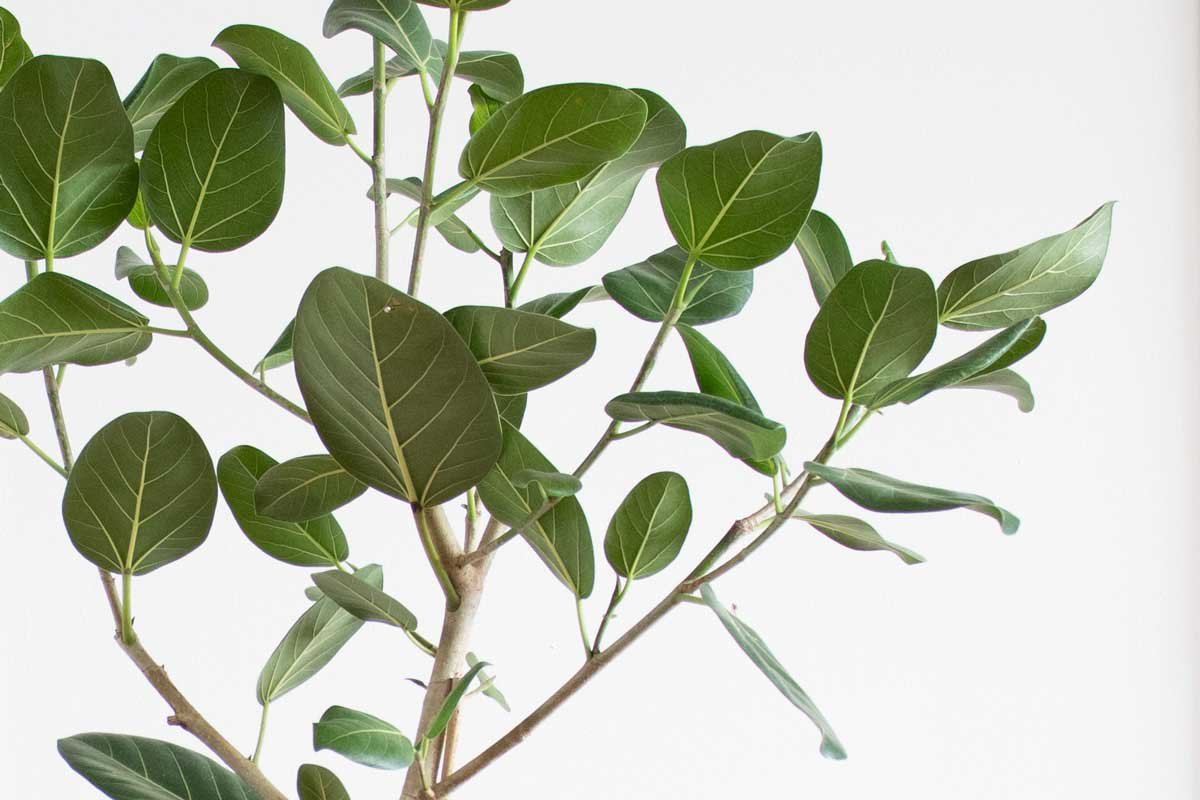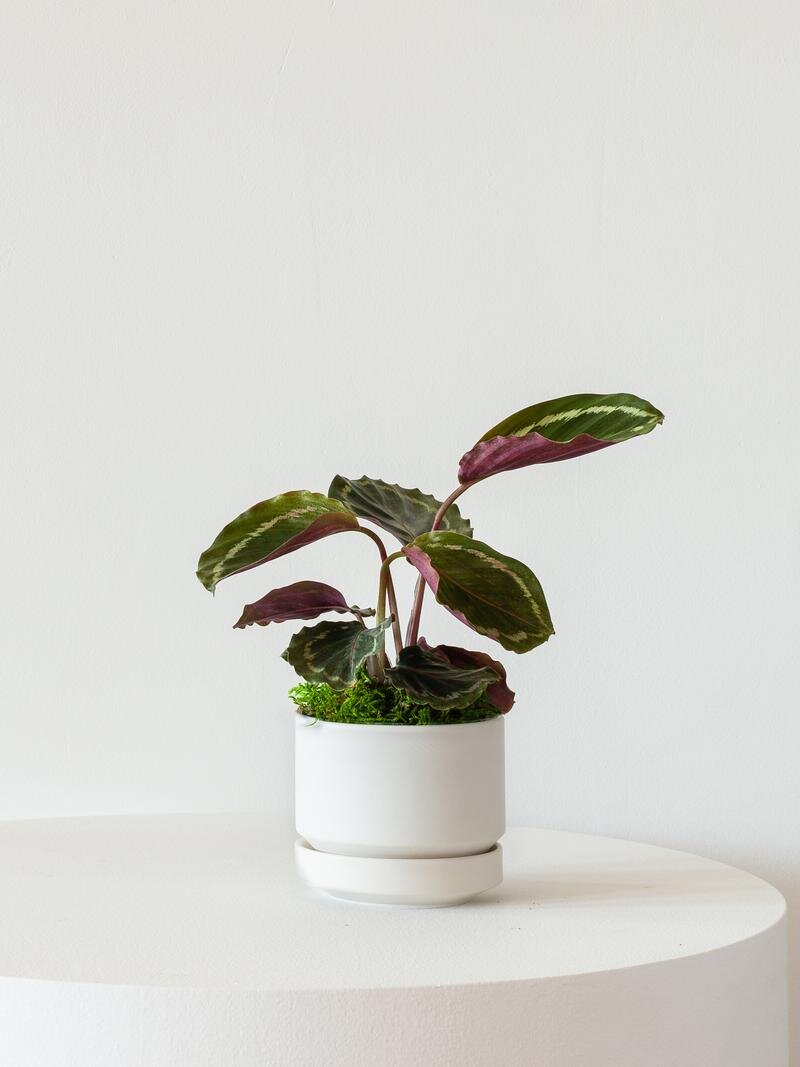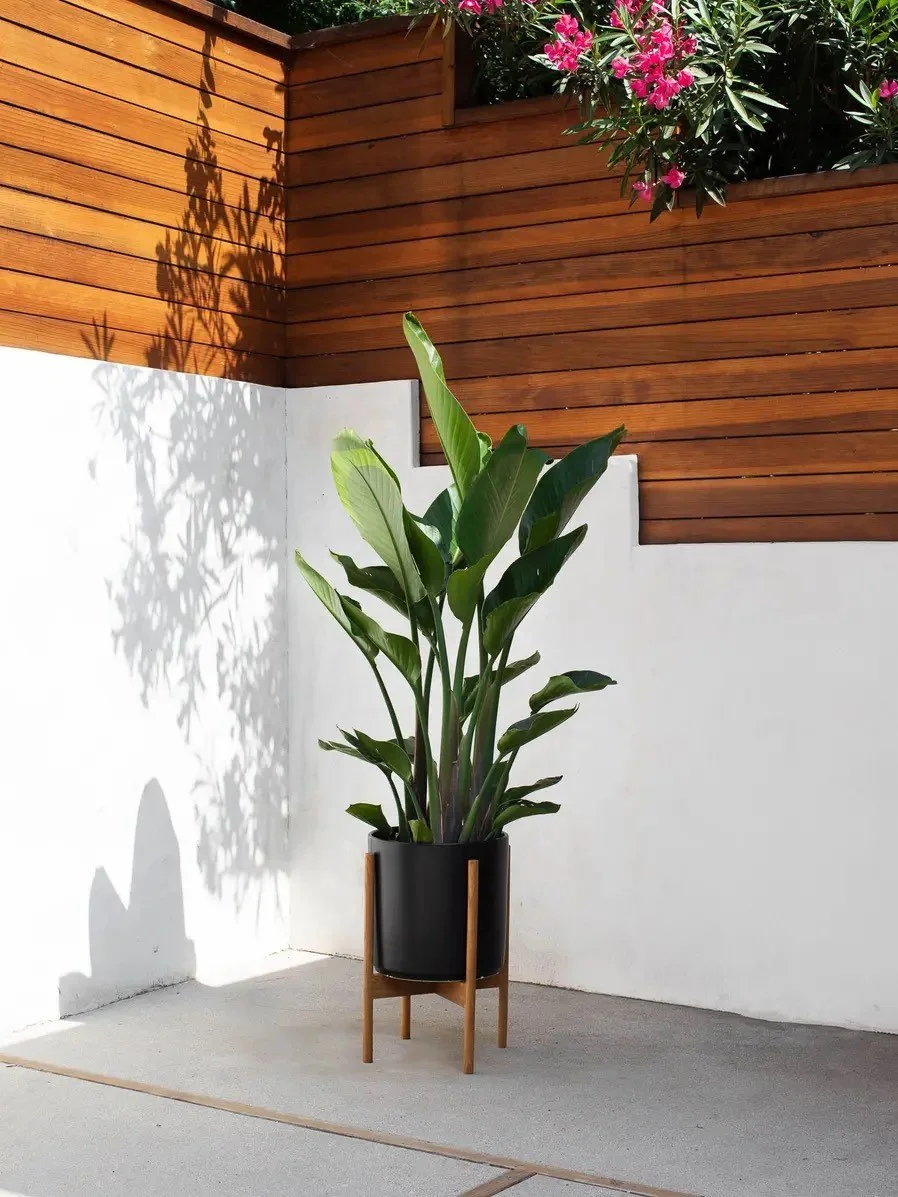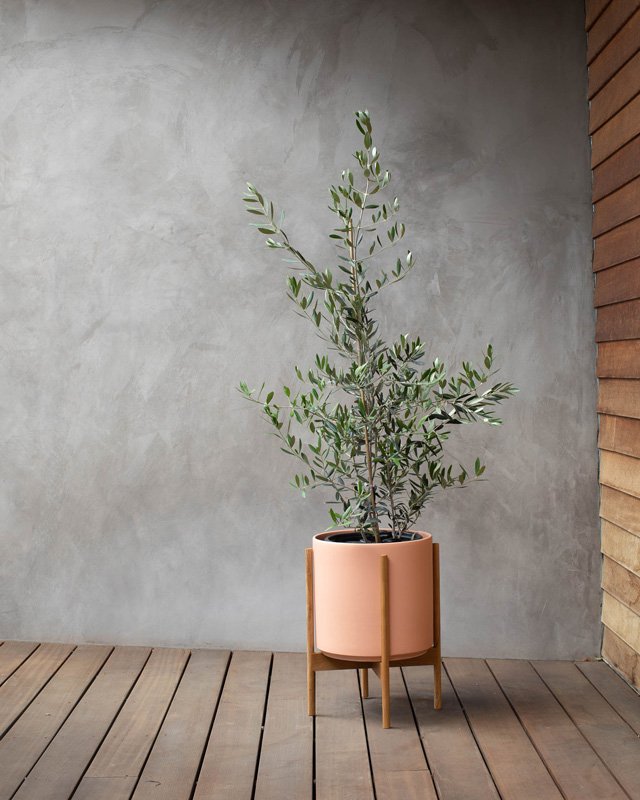Root rot is common issue with indoor plants, and can be a very serious problem with the popular Fiddle Leaf Fig. Though this plant is prone to browning and dropping leaves, if root rot goes untreated it can lead to the quick demise of your plant. So what is root rot? In this article we’ll explain what causes root rot, how to treat it, and what to do to prevent future cases!
What Causes Root Rot?
As the name implies, root rot is caused by an accumulation of moisture or humidity in the plant’s soil due to overwatering. Like most indoor plants, Fiddle Leaf Figs like to dry out a bit in between waterings, and by watering them too frequently or too much, they may develop a nasty rot that will first infect the roots below the soil and later begin to show up top by browning or dropping leaves. Root rot may also be caused by a lack of drainage in the pot, or a combination of less than ideal or no drainage and overwatering.
Fiddle Leaf Fig Fertilizer
Nourish your plants with this specially-formulated organic liquid plant food. Our Boost Vitaminé is made with potent nutrients from nature to help your plants grow and thrive all year long.
$24
How to Diagnose Root Root in a Fiddle Leaf Fig
Root rot can be difficult to diagnose by looking plainly at a potted plant. Even a Fiddle that appears to be relatively dry on the surface of its soil may be in the processing of rooting down below. The only way to truly know is to see the roots below the surface. If you are noticing signs of distress like dropping or browning leaves on your plant, you may want to remove the plant from its pot and have a look.
Here are a few clear signs your Fiddle Leaf Fig has root rot:
Wet, soggy, or mushy brown roots
Dripping, soaked, or waterlogged soil and roots
An unpleasant smell in the soil or around the roots
The beginning signs of root rot: the roots on the left are healthy and strong, whereas the roots on the right are soggy and waterlogged.
Once a section of the roots begins to rot, this can spread through the rest of the root system and begin to travel up to the leaves of the plant.
How to Save Your Fiddle Leaf Fig from Root Rot
Root rot in Fiddle Leaf Figs does not necessarily mean certain death, though catching it quickly is important if you want to save the plant. At the first sign of distress, remove your plant from its pot and carefully inspect the roots. Is there accumulated moisture around the base of the plants? Do the roots feel mushy or are they turning dark brown?
If so, act immediately by following these steps and repotting your plant:
Rinse all the roots throughly with water. Once they are clean, remove any that are damaged with a pair of clean scissors or pruning shears.
With a new container with good drainage, repot your plant with fresh, fast-draining soil. You may consider adding some gravel or a foam block to the bottom of your container to improve the drainage and help keep your plant dry.
Place your Fiddle in bright, indirect light (these plants are picky about this!) and water once. Do not water again until you’re positive the roots have dried out. This may be anywhere from one to two weeks or more depending on the size of the plant and the temperature it lives in. Erring on the side of underwatering is usually best!
Repot your fiddle leaf fig with fresh potting soil in the well-draining container. Then, water once and make sure the excess water is draining out of the bottom of the container. After that, wait. Do not water again until you’re sure the roots have had a chance to dry out. You can also use a moisture meter to check the bottom of your plant.
Your plant may still lose a few leaves at first, so be patient and wait for the plant to stabilize. You may remove the heavily damaged leaves, and trim some of the slightly damaged ones to remove the brown edges. Make sure not to remove too much of the plant (a good general rule is no more than 30%), as this may throw the plant into further shock. Whatever the case, with a bit of water, light, and love, your Fiddle has a good chance of recovering!
This post was adapted from the Fiddle Leaf Fig Plant Resource by expert Claire Akin. Head to their website to learn more about caring for the Fiddle Leaf Fig.
1 TO 1 VIDEO CALL WITH AN EXPERT
Yellow leaves? Worried about watering or struggling with incorrect lighting? Book a call and get truly personalized support for all your plant-related needs.









